 Fall 2022 Update
Fall 2022 Update
AutoAquaponics Progress From Fall of 2022
AutoAquaponics ended 2022 strong by significantly expanding our membership through increasing the frequencies of our social/recruitment events. In addition, we formed our new Biology sub-team, which aims to improve our understanding of the fish, plants, and microbes in our system so we can make better design decisions. We welcomed Seeley McGillis, Annie Ho, Daniel Soto, Edward Lee, Lianne Kim, Miya Liu, Varoon Enjeti, Zeeshan Razzaq, Andre Chen, Gracelyn Shi, Talia Ben-Naim, Calvin Davies, Jack Doheny, Hannah Wilks, Aliza Campbell, and Kyan Shlipak to our team. We are also honored to receive the continued support of Northwestern's Associated Student Government (ASG) and ESW Global this quarter with the ASG Sustainability Grant and ESW Global Project Grant. In September, we began our partnership with Northwestern's Segal Design Institute by turning the automatic fish feeding part of our project into the capstone assignment for the Interdisciplinary Product Design course.
Beach social:
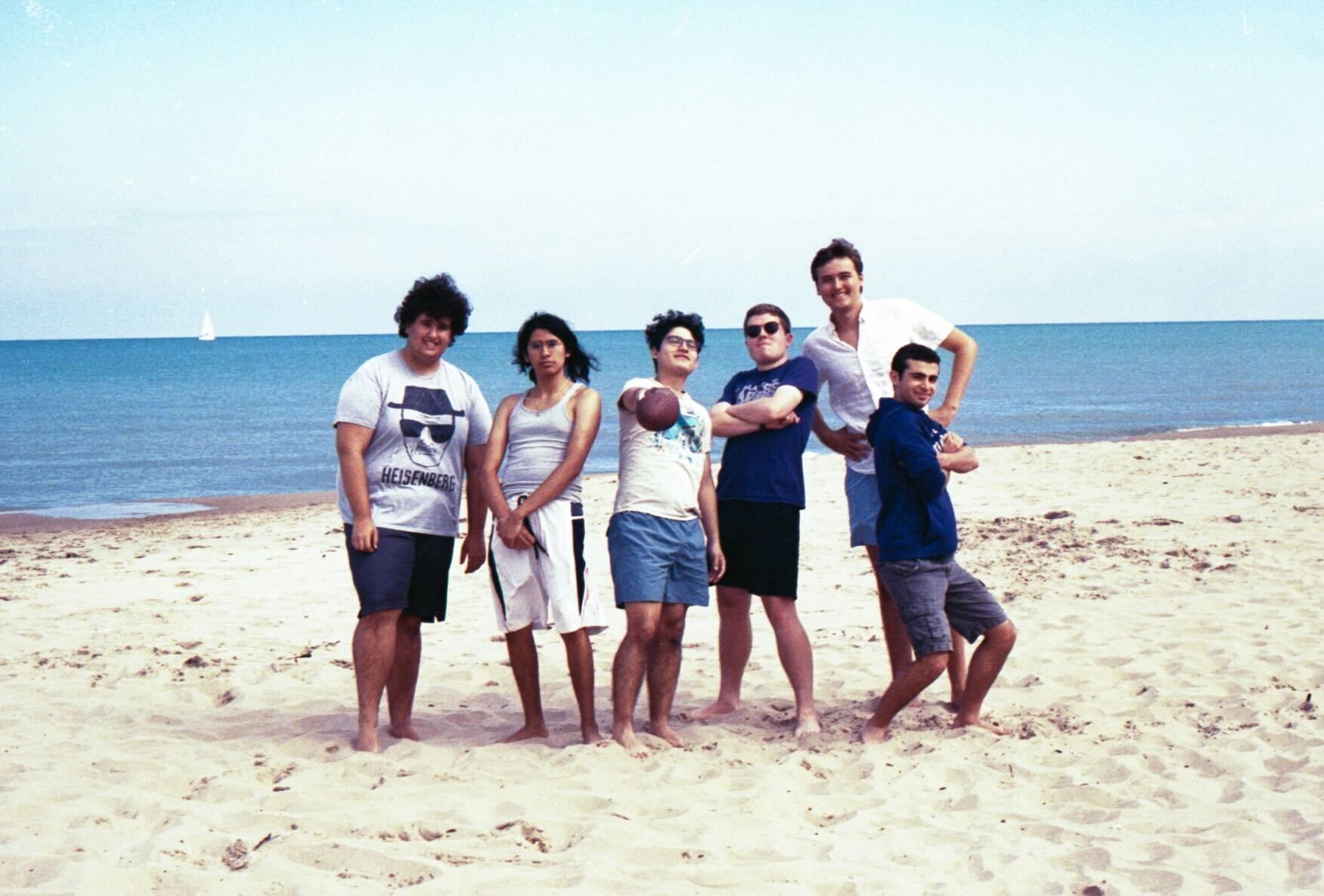
Making our ESWNU club banner for Homecoming:
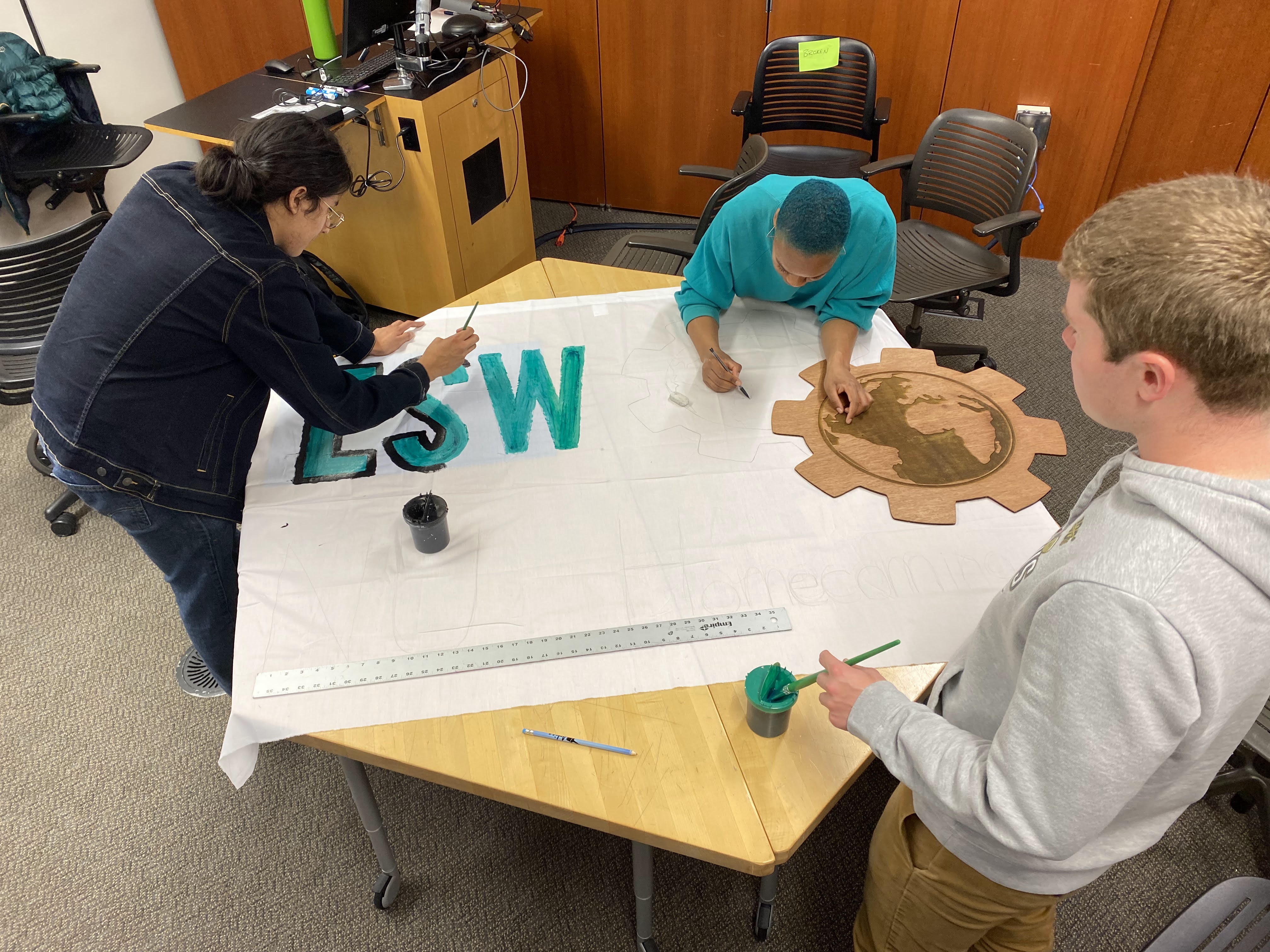
Recruiting freshmen at the Morning with McCormick event:
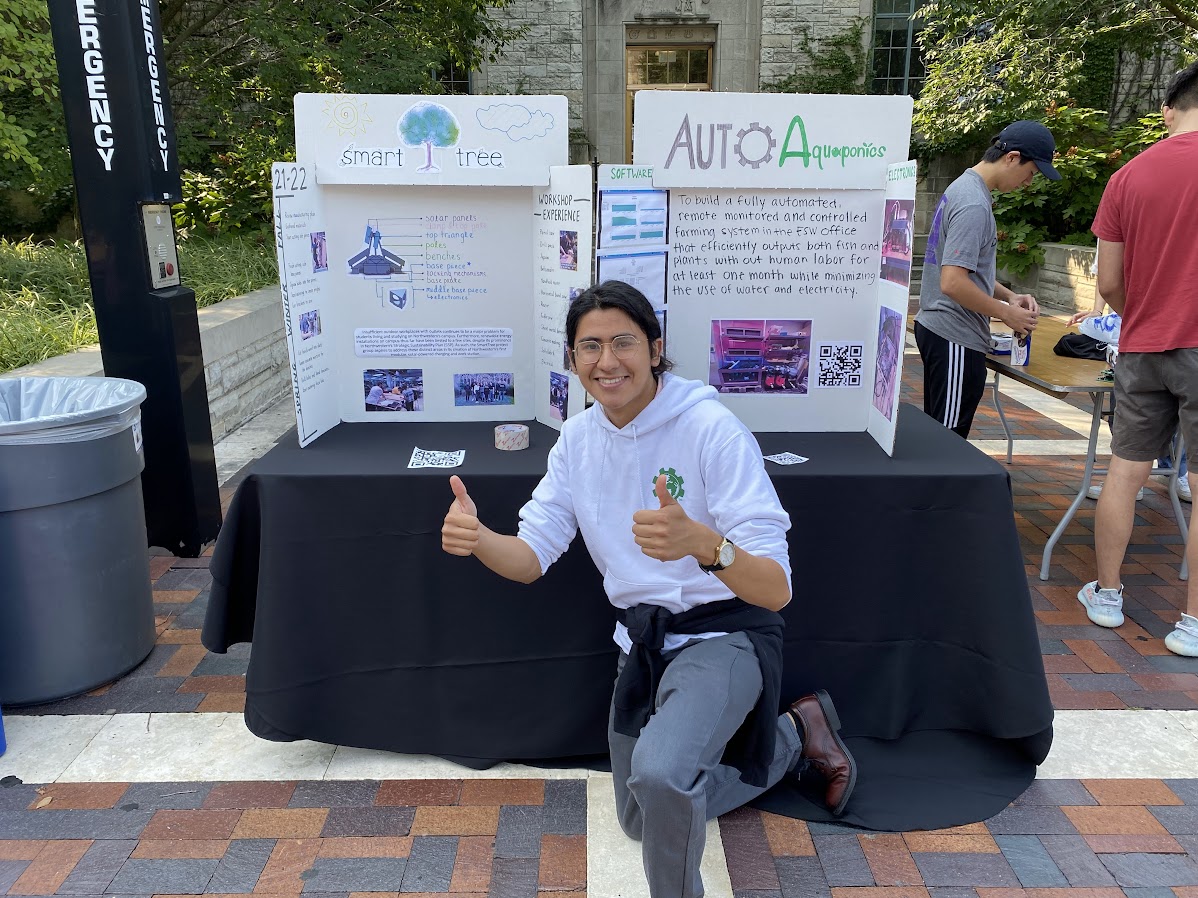
Photo from our Sunday whole-team meetings:
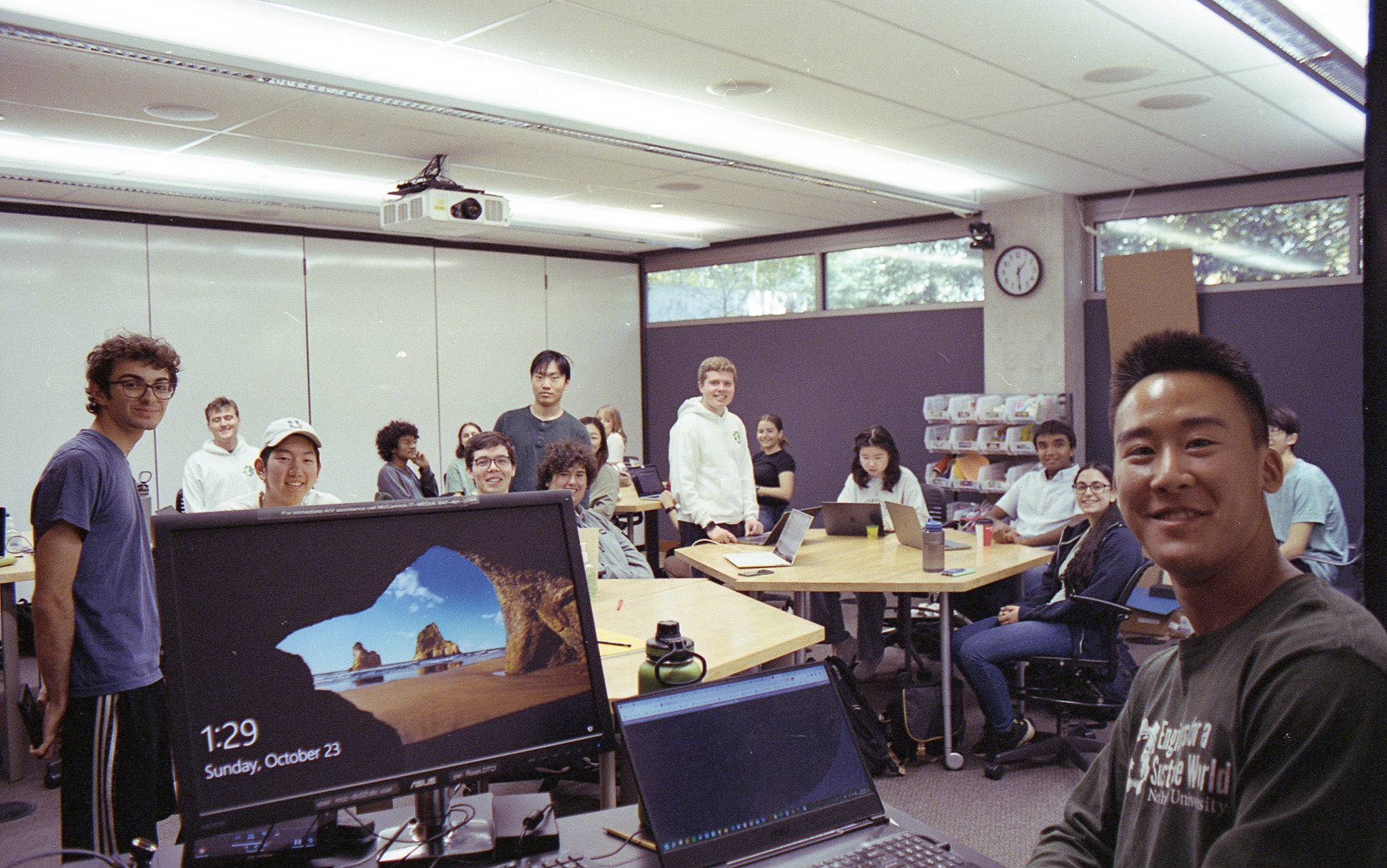
Students hard at work to design our automatic fish feeder for their design capstone;

After their continuous effort over the course of the past year, the software team has successfully launched the AutoAquaponics 2.0 platform, which is a web application that anyone with an Internet connection can access to monitor the state of our system in real-time through the Dashboard tab. Check it out at autoaquaponics.org! Note that the website currently does not support mobile devices or Safari, so users accessing it through these methods may experience some bugs for the time being.
Home Page of our web app:

Dashboard with live data:

The team behind this magic:
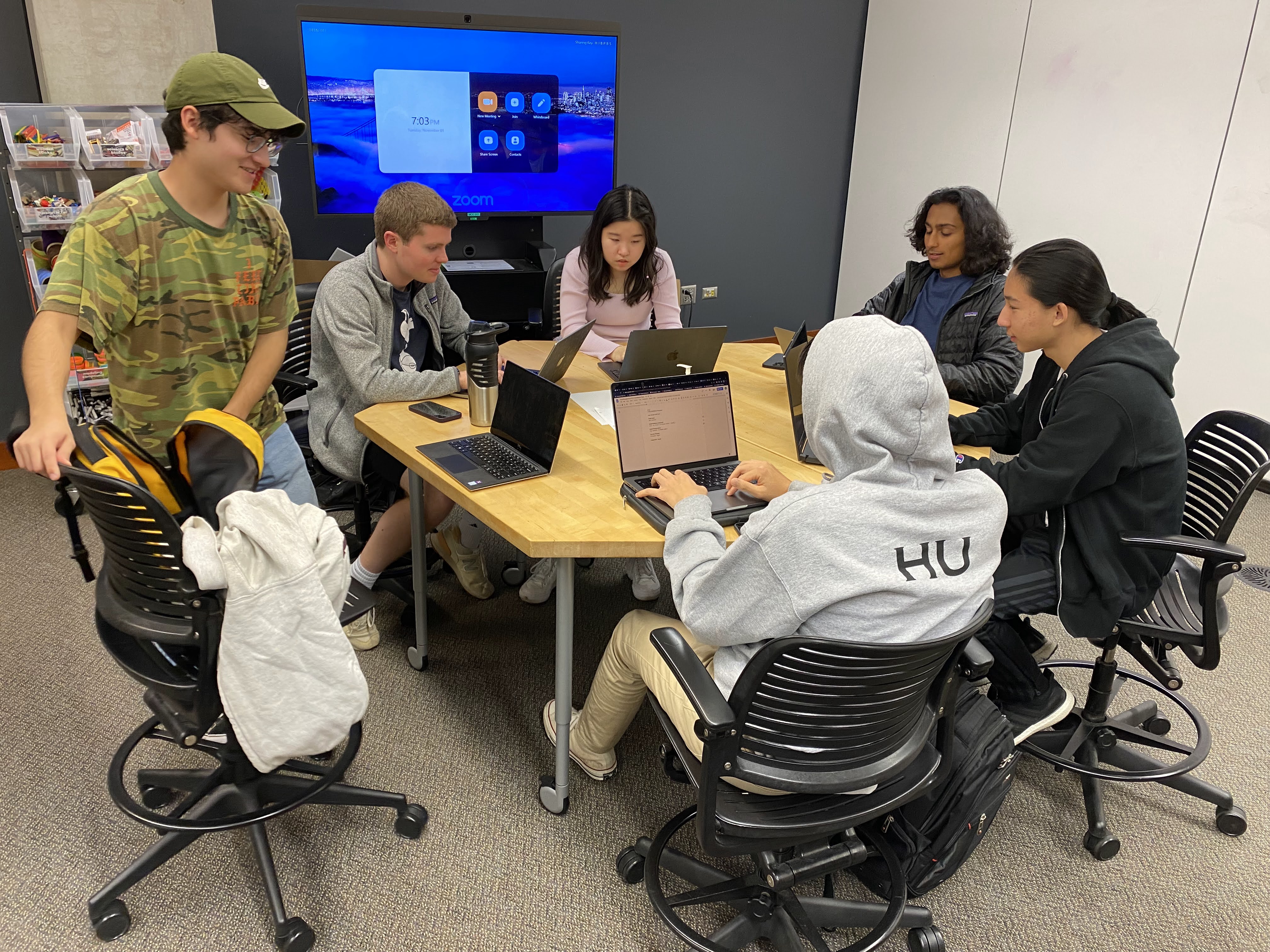
Next steps with the AutoAquaponics 2.0 platform would be to add control capabilities in the Settings and Control Panel pages and also a live video stream of the system. The software team will be working closely with the electronics group to make this happen in 2023.
Speaking of the electronics team, they have been focusing their efforts in integrating more sensors into our system and improving their accuracy. They've installed two hall effect flow sensors and a number of analog signal isolators to prevent our pH, TDS, and dissolved oxygen sensors from interfering with one another.
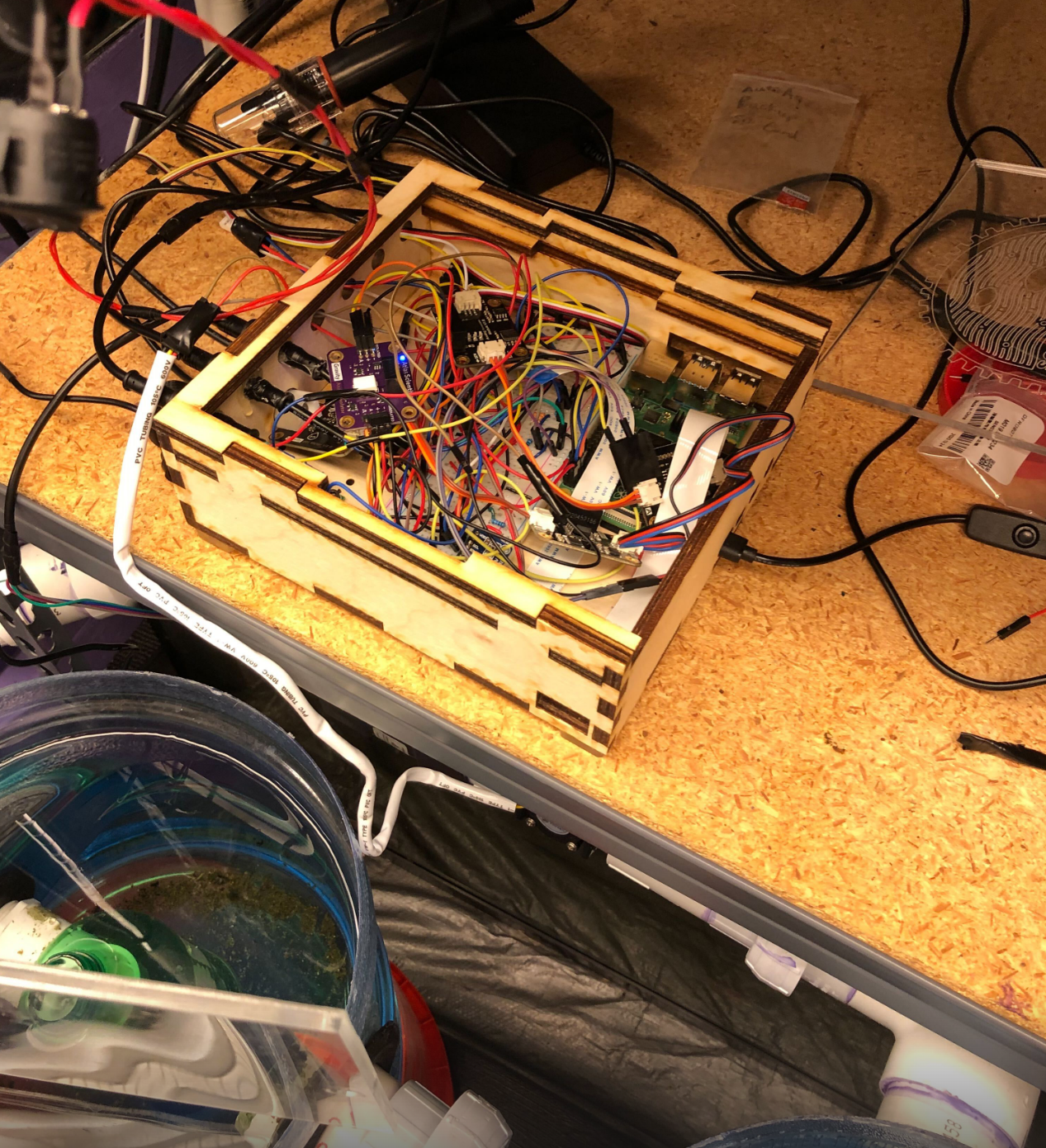
On the plumbing side, we worked on enhancing the performance of our solids removal system by building a bracket for our membrane filters. This is intended to ensure that the filter pads tightly fit around the edge of the filter tank so sediments won’t bypass them through those gaps. We also began using an additional water pump with custom 3D printed outlets to push solids from the corners of our fish tank to the solids lifting overflow (SLO) intake so they can end up in the settling tank. Furthermore, we have been continuously redesigning components like our SLO intake and overflow intake screen to prevent fish from entering while allowing sediments to go through.
New SLO intake screen CAD design:

Installed new overflow screen with side grates:

Members working as a team to prototype their membrane bracket design:




Last but not least, the Biology team made a lot of progress this quarter by introducing a number of new aquatic species to our system. Namely, we've added a red-tailed shark, Raphael catfish, firemouth cichlid, snails, and a number of mollies to the fish tank. We also successfully grew wheatgrass in our media bed to test how different plant types grow in AutoAquaponics while making some healthy green juice at the same time. Due to aggression from some of the fish in the tank, we have seen a couple injured occupants, so we set up a separate quarantine tank to allow them to recover and receive medication if necessary.
Red-tailed shark and Raphael catfish being transported to the tank:
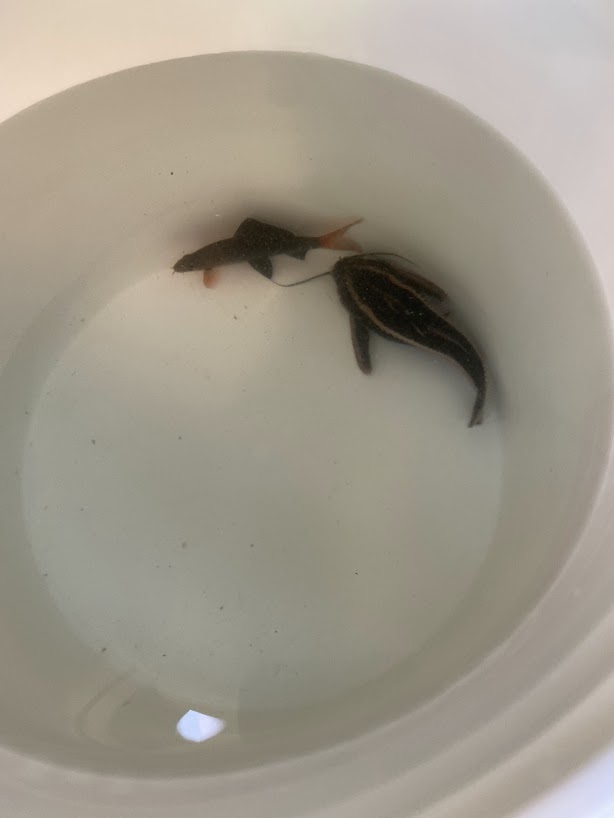
Our new mollies playing with the tiger barbs:
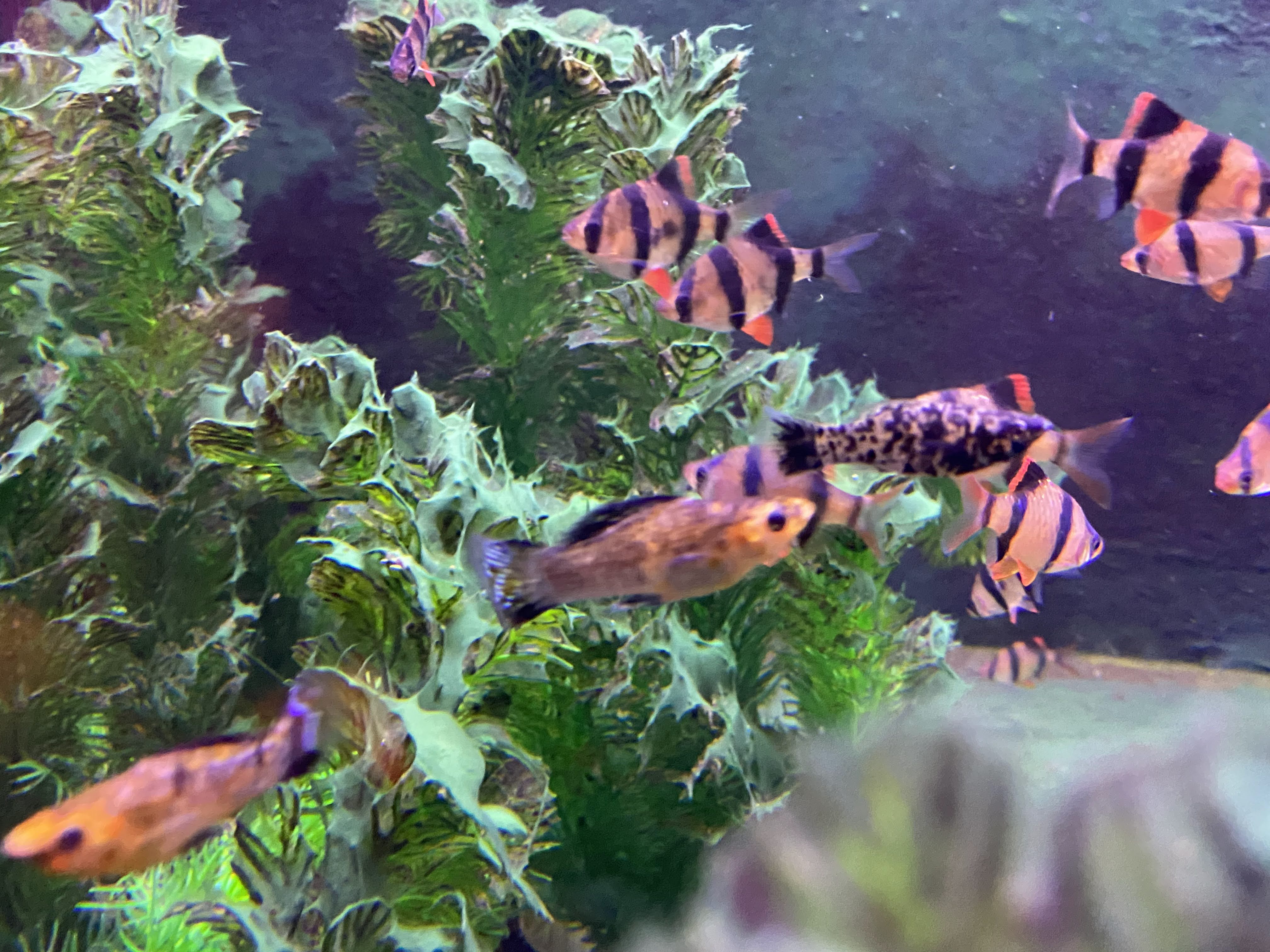
Firemouth cichlid patrolling his new territory:
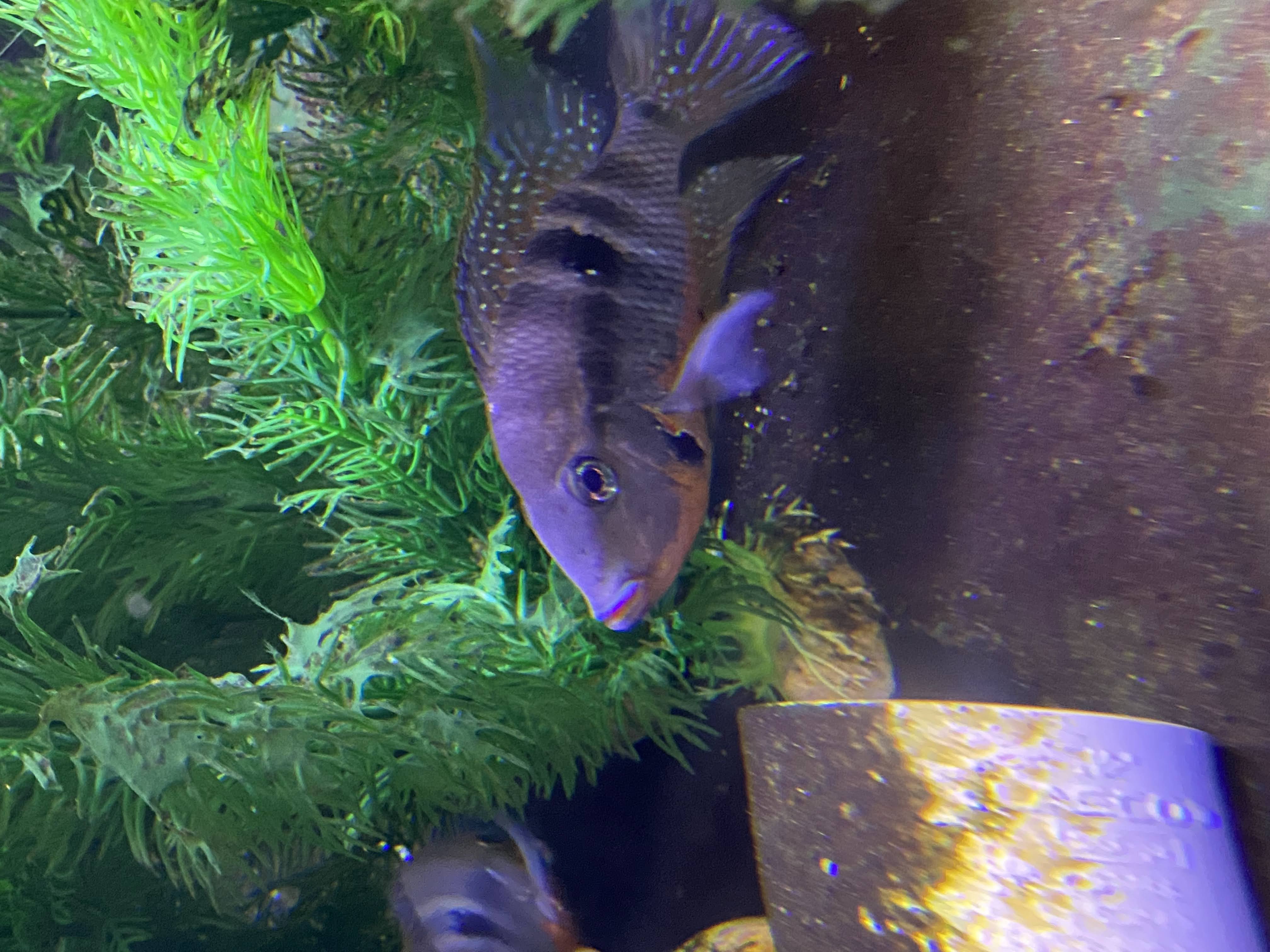
Wheatgrass' journey from seeds to lawn and finally juice:



Quarantine tank:
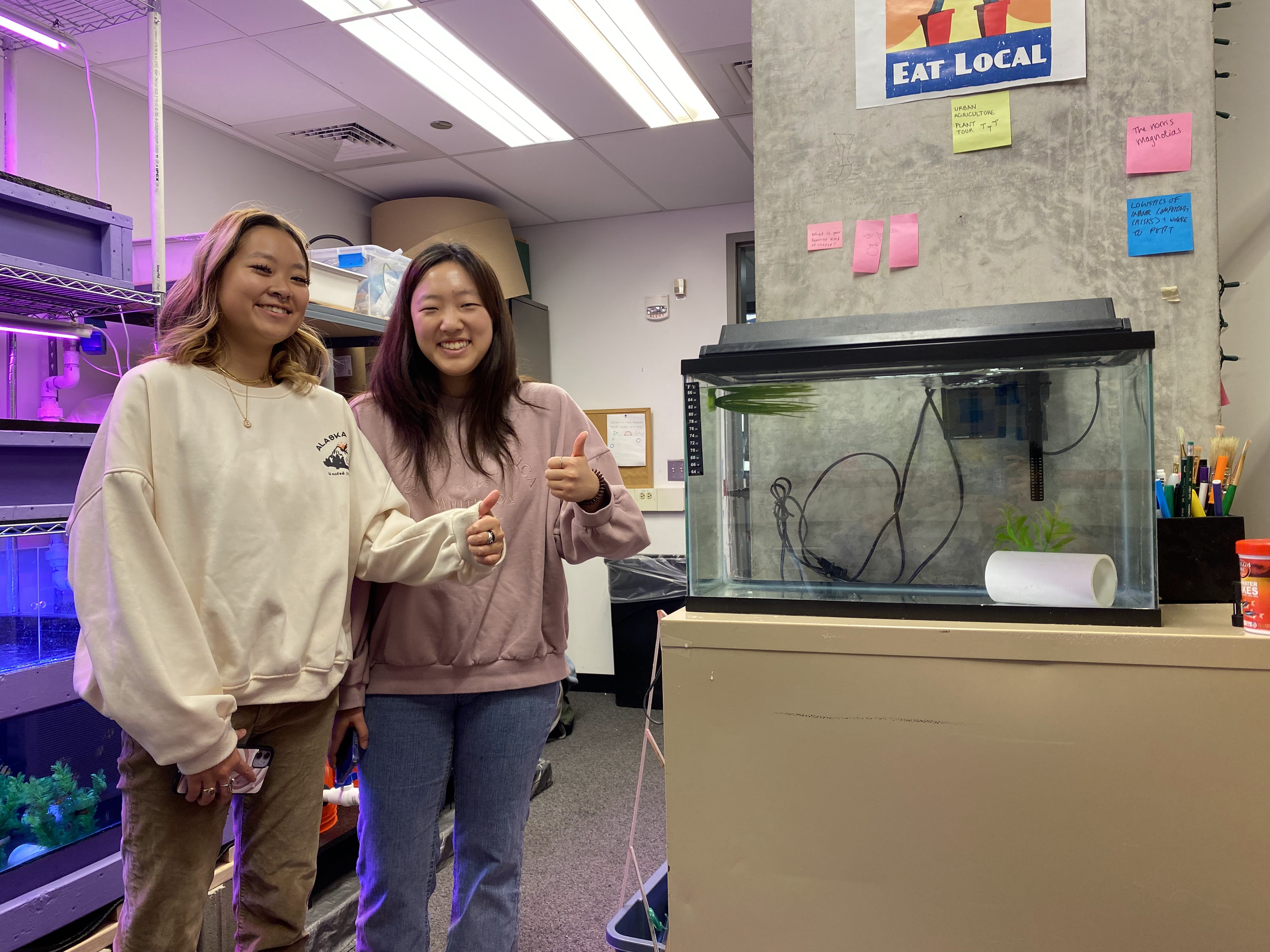
We are excited to continue working on AutoAquaponics in 2023. Please stay tuned on our project and feel free to reach out with any questions. If you would like to contribute to our software platform or see our code, take a look at our AutoAquaponics v2.0 GitHub repository. This is an open-source project, so any idea you have would be very welcomed!
Happy New Year from all of us :)
Comments